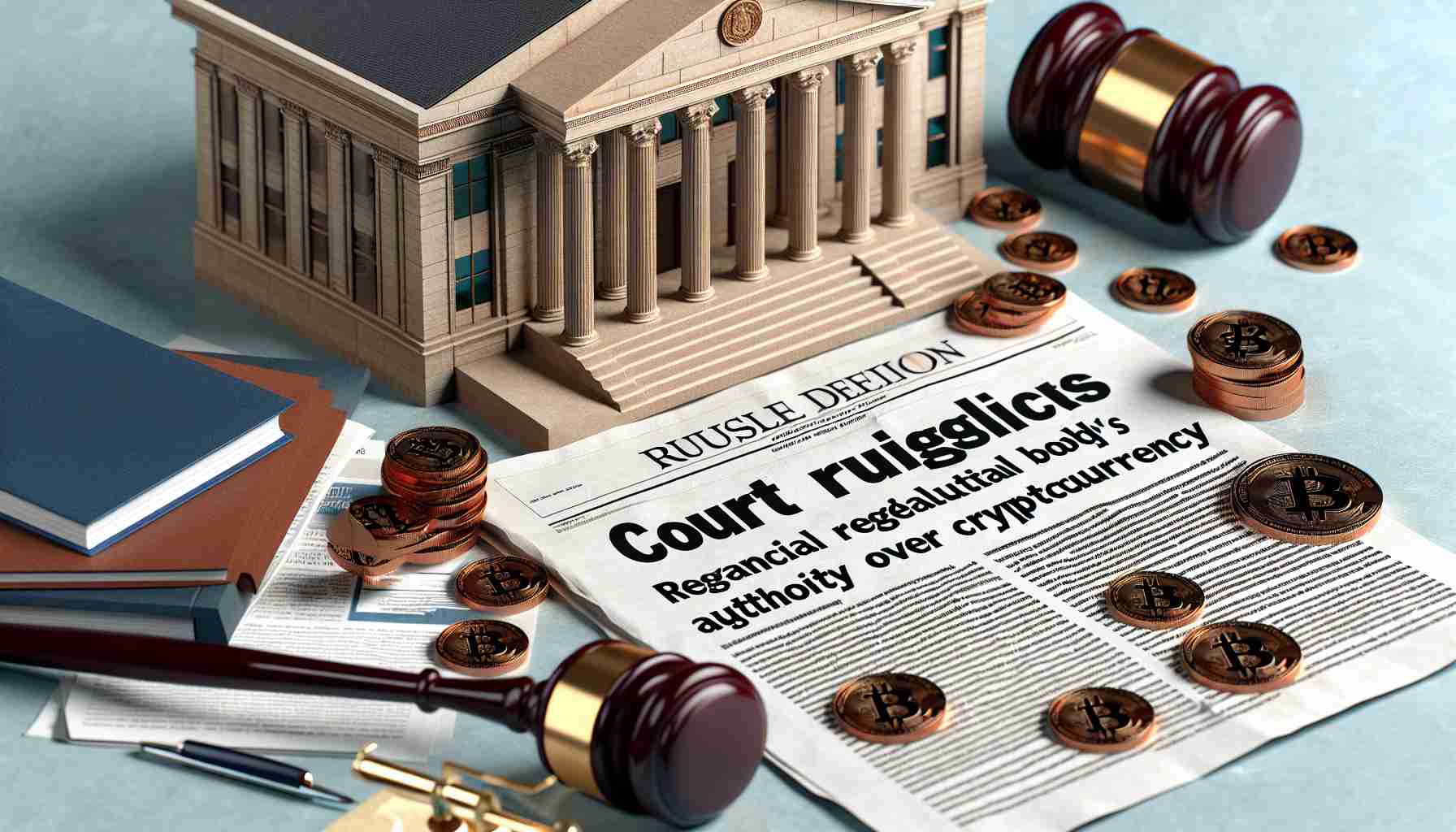The United States Supreme Court has implemented a transformative ruling that sets a new precedent, altering the landscape of cryptocurrency regulation. Economist Timothy Peterson has highlighted a pivotal moment for Bitcoin, stemming from the historical overturning of the Chevron doctrine. This landmark move significantly diminishes the interpretive authority previously wielded by the Securities and Exchange Commission (SEC) over Bitcoin and potentially other cryptocurrencies.
The overturned doctrine, originating from a 1984 case, acted as a compass for federal courts in deferring to agency interpretations of ambiguous laws. Without it, the SEC’s unilateral power to deem digital assets as securities is now reduced, prompting a call for increased judicial scrutiny over the SEC’s positions against crypto assets. The modification promises to usher in a fairer regulatory approach and a more even-handed legal environment for digital asset classification.
Industry observers foresee implications for ongoing SEC enforcement, particularly in cases questioning Congress’s intent regarding the SEC’s scope over crypto as a security. Legal experts anticipate this change could lighten the burden of regulatory impositions on entities like Consensys, whose token offerings were challenged by the SEC.
The court’s decision arrived on the heels of Paul Clement’s oral arguments in a case involving Crypto, bearing witness to the necessity of litigating critical matters, such as the classification of cryptocurrencies, which may now proceed unimpeded by previous deferential standards.
As the Supreme Court renounced the Chevron doctrine in cases unrelated to crypto, the New Civil Liberties Alliance has pointed out its purpose: to resolve ambiguities within statutes via Article III courts. Chief Justice John Roberts marked the occasion with poignant commentary, stating the move away from Chevron is essential to ensuring the law evolves with principled intelligence. While it is clear that this judicial shift transcends the realm of cryptocurrency, its profound effects on the future of federal agency power are yet to fully unfold.
Most Important Questions and Answers:
1. What was the Chevron doctrine?
The Chevron doctrine derived from the 1984 Supreme Court case Chevron U.S.A., Inc. v. Natural Resources Defense Council, Inc. It instructed courts to defer to a federal agency’s interpretation of ambiguous laws within its jurisdiction unless that interpretation was unreasonable. This meant that if the law didn’t clearly address a specific issue, courts would often trust federal agencies to provide the best interpretation of the law.
2. How does the Supreme Court ruling affect the SEC?
By overturning the Chevron doctrine, the ruling undermines the SEC’s authority to as liberally interpret and enforce laws related to cryptocurrencies. The SEC can no longer rely on the courts to support its interpretations by default, potentially complicating its future enforcement efforts in the crypto space.
3. What are the implications for cryptocurrency regulation?
Without the Chevron deference, cases involving cryptocurrencies may see more rigorous judicial oversight. This could lead to a more standardized legal framework for digital assets as courts clarify the ambiguous legislation without deferring to the SEC.
Key Challenges or Controversies:
A significant challenge lies in the ambiguity of the current regulations governing cryptocurrencies. Without comprehensive legislation and with reduced SEC authority, there is a risk of inconsistent legal decisions until clear guidelines are established.
Controversy stems from differing perspectives on the need for regulation in the cryptocurrency market. Proponents of little regulation argue for the freedom to innovate, while advocates for more regulation cite the need to protect investors and maintain market integrity.
Advantages and Disadvantages:
Advantages:
– The ruling could lead to clearer and more precise precedents concerning the legal treatment of cryptocurrencies.
– It may foster a more fair regulatory environment that encourages innovation and investment in the crypto space.
– By requiring stricter judicial analysis, the law could evolve in a way that better accounts for the unique nature of digital assets.
Disadvantages:
– The SEC’s enforcement capabilities may be weakened, potentially exposing investors to higher risks of fraud or other illegal activities in the short term.
– The lack of deference could lead to regulatory uncertainty as different courts could interpret the law in varying ways.
Related Link:
For further information about the Supreme Court, visit Supreme Court of the United States.
For additional context on the SEC and its role in regulation, go to U.S. Securities and Exchange Commission.



